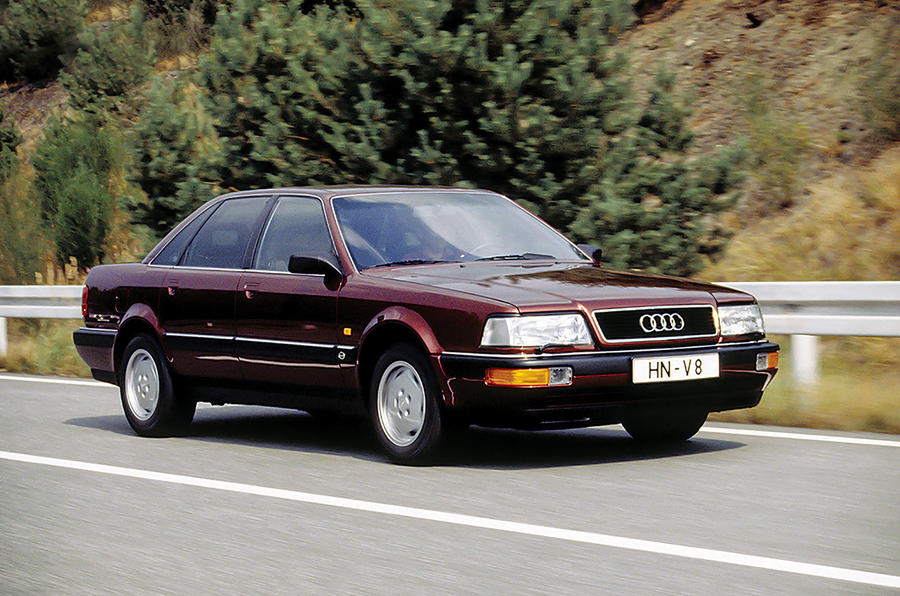When the first-generation Audi A8 arrived in 1994, following its preview as the Audi Space Frame concept the year before, it was heralded as the first large car to use aluminium, making it substantially lighter than its rivals while preserving its structural rigidity.
Twenty-three years later and it seems that Audi has hit a proverbial lightweighting wall. The bodyshell of the new A8 weighs 51kg more than the outgoing car’s, at 282kg compared with 231kg.
2017 Audi A8 revealed as brand's most high-tech model yet
Although Audi says aluminium makes up 58% of the structure, alongside steel, magnesium and carbonfibre, the demands of the modern car market — sound deadening, slightly larger dimensions, stringent crash regulations and, of course, all that impressive technology — have made it impossible to achieve what the company did all those years ago.
Audi won’t be alone, though. This is a trend that will permeate to all car makers as they incorporate a whole new world of stuff while trying to maintain driving dynamics.





Join the debate
Add your comment
"all that impressive technology"
this is starting to irritate me a bit, and i'm starting to worry that it's an early sign of me showing my age (38)... but here's the thing; they keep jamming more and more things in to cars, buttons and toys, so many buttons that they had to abandon buttons and fit touchscreens.i don't recall anyone ever saying that a bentley turbo r wanted for gadgets and a glass roof. the current top spec A8 is less than 200kgs lighter than a turbo r. remember when a bentley used to be heavy?
Will Rachel Burgess ever tell
Yes it is...
Also - they could choose to make it lighter - other manufacturers are still doing so but they are prioritising bling over engineering. 2017 Audi is not the same as 1990s Audi... I cant believe it REALLY needs to be heavier than the outgoing model. Possibly its more profitable though...